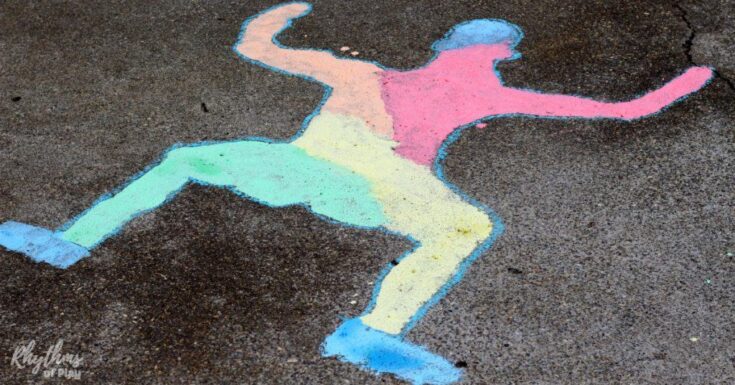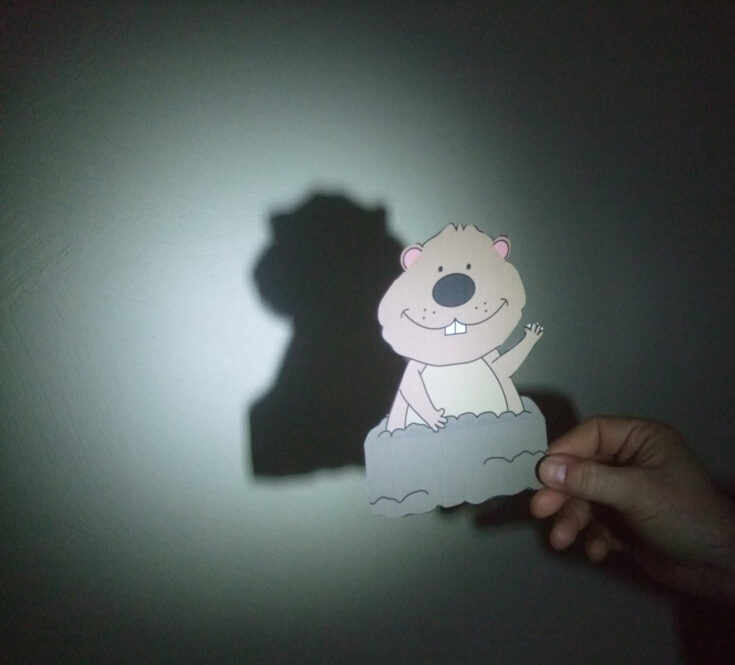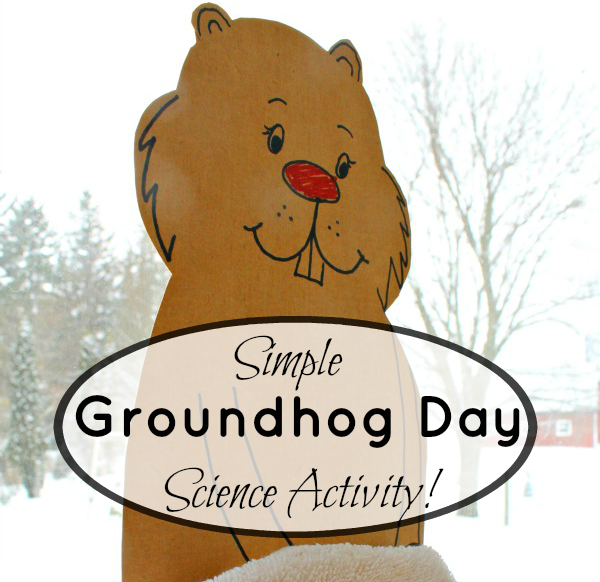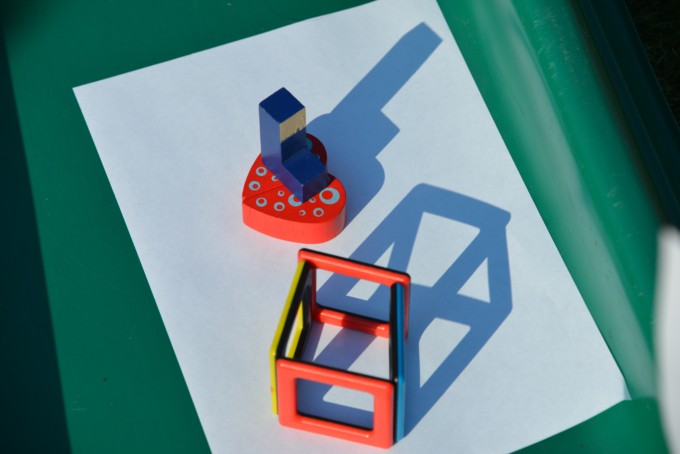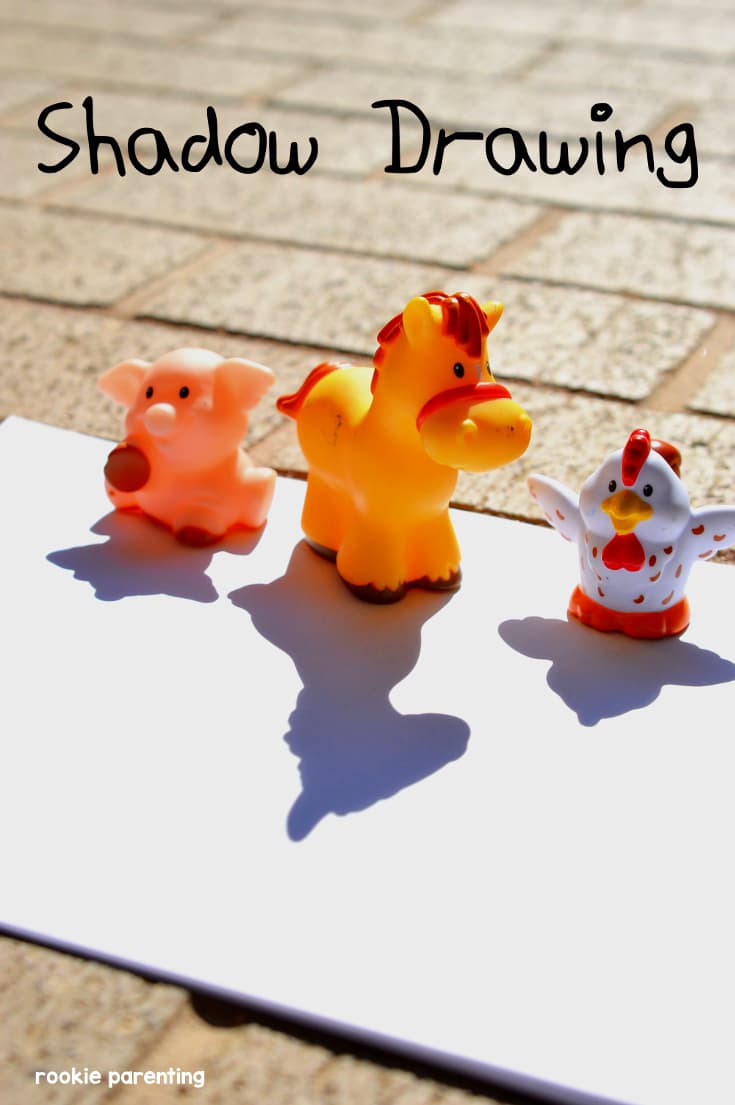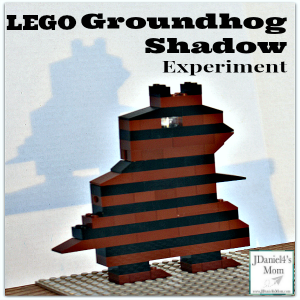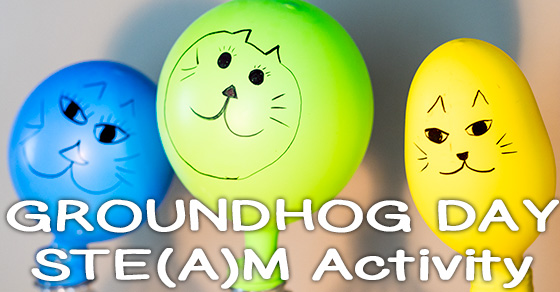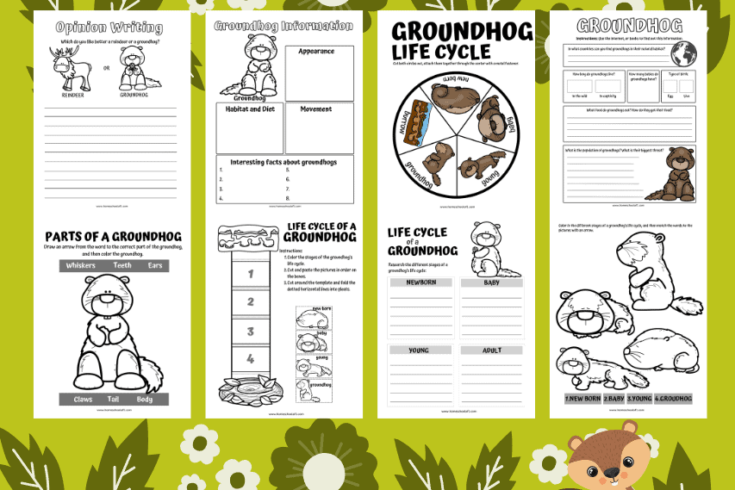Groundhog Day Science Activities
Ever wondered about the science behind the quirky Groundhog Day traditions? Groundhog Day science activities offer a fantastic, fun-filled opportunity to delve into this fascinating topic.
Each year on February 2nd, a groundhog’s appearance (or lack thereof) supposedly predicts the onset of spring or the continuation of winter.
This prediction forms the crux of an age-old tradition that captures our collective imagination. But it’s not just about the prediction – Groundhog Day activities also provide us with remarkable ways to explore elements of weather, animal behavior, and seasonal changes from a scientific perspective.
Join us as we explore the history, significance, and captivating scientific activities associated with Groundhog Day. Get ready to uncover the fun and science behind this unique tradition!
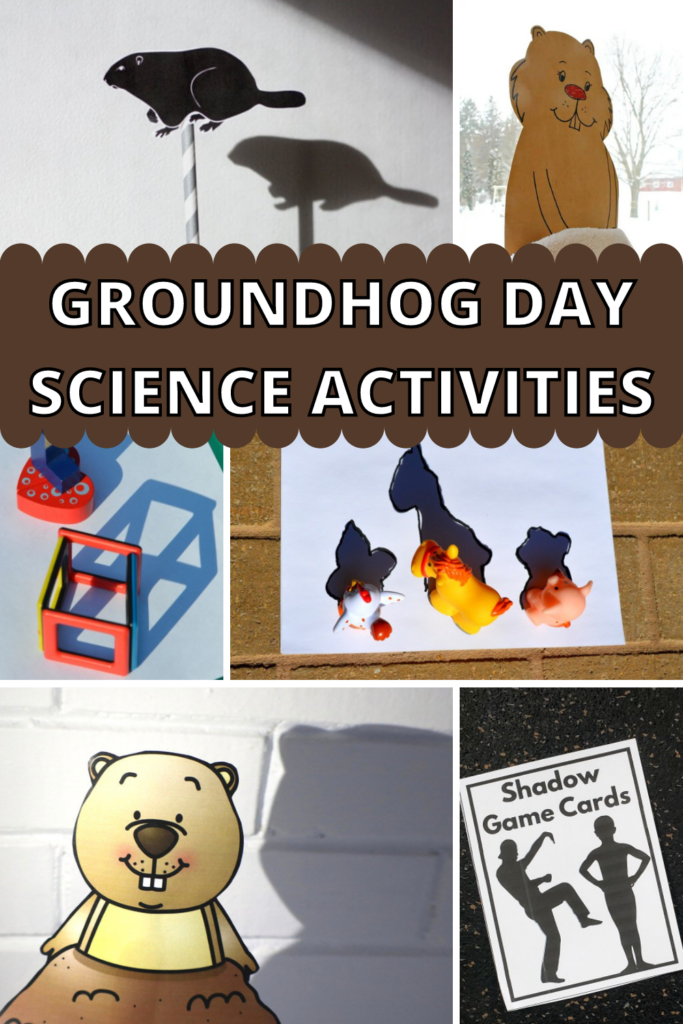
Groundhog Day and Science
Groundhog Day is an intriguing tradition that intertwines scientific concepts. It provides a great opportunity to introduce weather prediction, showcasing the groundhog’s ability to forecast the arrival of spring.
Additionally, it provides insights into hibernation, highlighting how animals conserve energy during winter. Shadows also play a crucial role, demonstrating the science of light and shadows.
Overall, Groundhog Day offers a fun and educational way to explore meteorology, animal behavior, and basic physics.
Groundhog Day Science Activities
Now that we have an understanding of the scientific concepts tied to Groundhog Day, it’s time to bring these ideas to life with some hands-on experiments and activities!
Whether you’re a teacher looking to incorporate these into your curriculum, a parent seeking educative entertainment for your kids, or a science enthusiast, these Groundhog Day science activities are designed to pique curiosity and deepen understanding.
Explain the science of light and shadow with this fun and easy science investigation.
This hands-on science activity will teach your kids about their shadows.
Groundhog Day Activities (shadow experiments, books, craft, puppet)
Teach your kids about groundhog day and how the groundhog sees his shadow in this experiment.
Build gross motor skills while learning about shadows in this easy activity.
Trace shadows to learn about them in this easy science activity.
These shadow experiments are so easy and great for groundhog day activities.
Create your own unique shadows with these printable puppets.
Draw from shadows using this light and shadow experiment.
Use LEGOs to create your own groundhog day scenario at home!
Do shadows change? Find out in this fun experiment.
Explore this old tradition using this fun science activity idea.
Imitate the different poses and learn about shadows in this fun gross motor activity.
With these life cycle of a groundhog worksheets, kids can learn all about how groundhogs grow and change throughout their lives.
Groundhog Activities
To further explore the science and tradition behind Groundhog Day, here are some resources and activities that you can enjoy with the whole family:
Groundhog Day Books
These books offer exciting stories and facts about Groundhog Day, its history, and the science that surrounds it.
Groundhog Day Websites
These websites provide a wealth of information about the holiday, including the history, tradition, and scientific aspects of Groundhog Day.
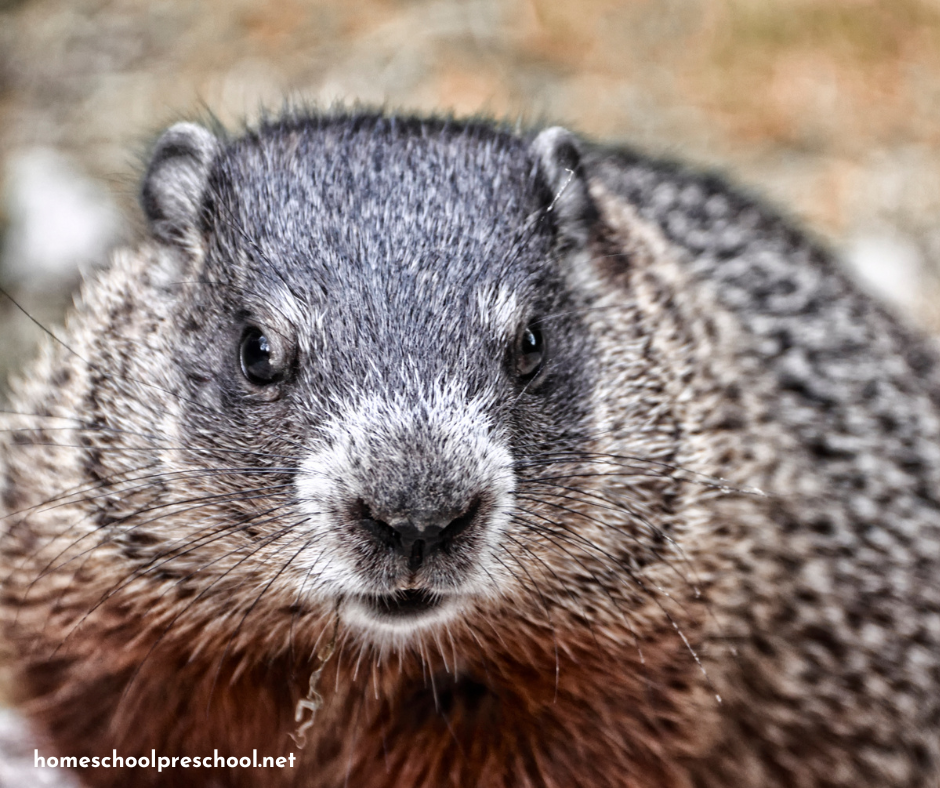
Family-Friendly Groundhog Day Events and Activities
• Attend a local Groundhog Day event. Many towns host their own Groundhog Day celebrations where families can witness a live groundhog making its prediction.
• Conduct the shadow experiment. On Groundhog Day, go outside with your children and observe your shadows. Discuss why we have shadows and how the length and direction of the shadow can tell us about the time of day and season.
• Create a groundhog craft. Use simple materials like paper, scissors, and crayons to create your own groundhog. This activity not only sparks creativity but also offers an avenue to discuss the role of the groundhog in this tradition.
Immersing yourselves in these Groundhog Day activities not only enriches your understanding of Groundhog Day but also creates meaningful and fun interactions with science and nature.
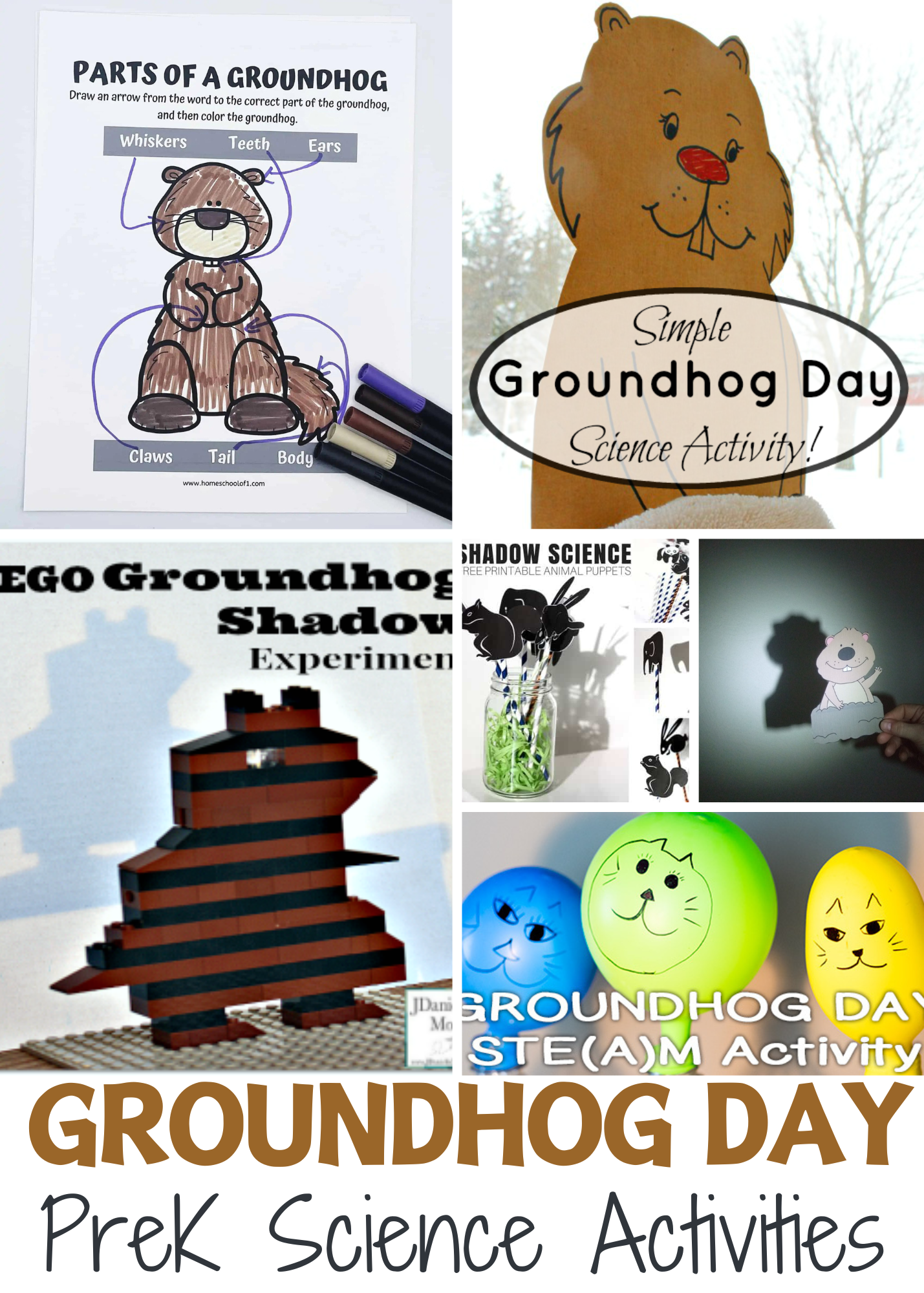
Groundhog Day is more than just a fun tradition—it’s an opportunity to engage with nature, delve into fascinating scientific concepts, and spend quality time as a family.
Whether you’re attending a local event, conducting shadow experiments, or crafting your own groundhog, the activities associated with this day are sure to bring joy and learning to your household.
Remember, it’s not just about whether the groundhog sees its shadow—it’s about the memories you create along the way. Happy Groundhog Day!


